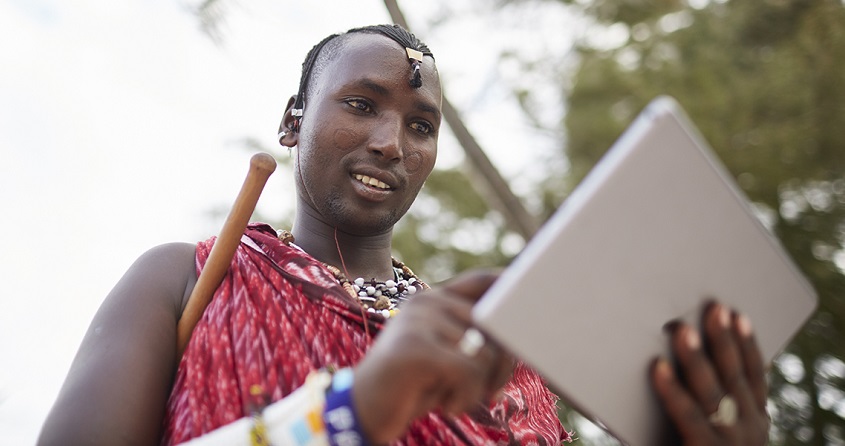
Intellectual property (IP) plays a key role in helping entrepreneurs build stronger, more competitive businesses. For all companies small, medium or large, there is no such thing as a one-size-fits-all approach to intellectual property. Businesses run by Indigenous peoples and local communities can, however, face additional challenges and concerns as they begin to navigate the intellectual property system. Find out below how intellectual property tools can protect and promote tradition-based goods and services and support Indigenous and local community entrepreneurs and their communities.

